‘Slow’ response may have already doomed Burrup rock art: campaigners
Campaigners calling for greater protection for the Burrup’s rock art fear recommendations for greater protections now in front of the environment minister may have come too late.
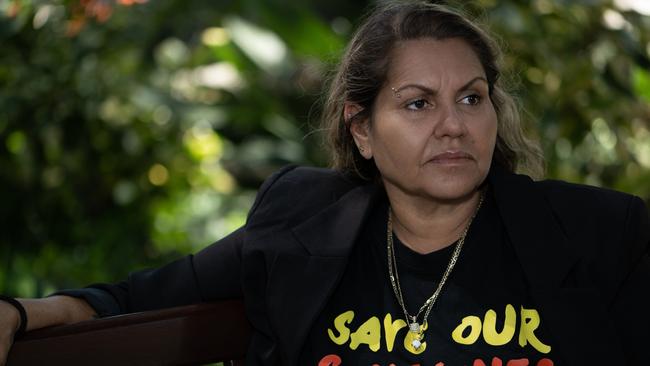
The Indigenous woman at the centre of a push to slow development at of Australia’s most valuable industrial centres has slammed what she says is the slow progress of Tanya Plibersek’s investigation into the region.
Raelene Cooper, a former board member of the Murujuga Aboriginal Corp who is a co-founder of activist group Save Our Songlines, on Sunday accused the federal Environment Minister of dragging out the department’s study into the impact of industrial development on the rock art of Western Australia’s Burrup Peninsula.
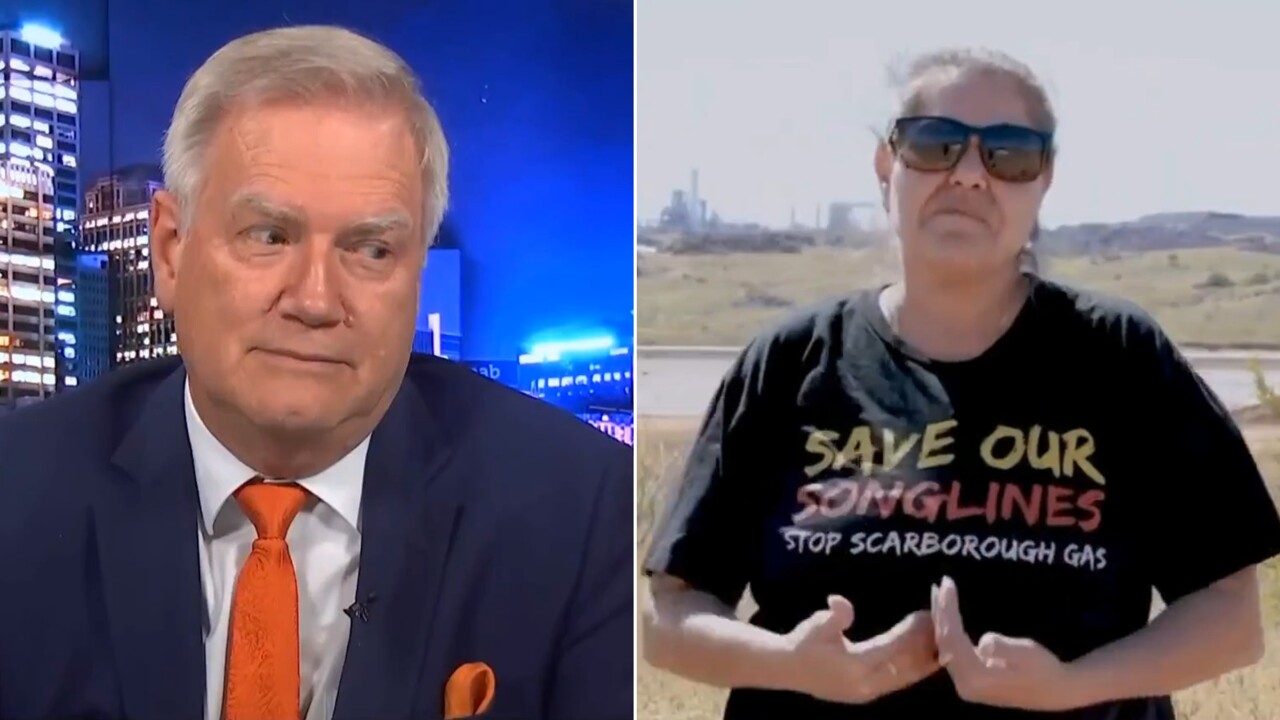
The Burrup – also known as Murujuga – is home to more than one million ancient petroglyphs as well as some of the country’s most valuable industrial assets, including Woodside Energy’s Pluto and Karratha liquefied natural gas plants and Perdaman’s $6bn under-construction urea plant.
Numerous academics and campaigners have joined Ms Cooper in warning that industrial emissions could accelerate the erosion of that rock art, potentially putting the World Heritage List nomination now in front of UNESCO in jeopardy.
Labor Party veterans including former leader Kim Beazley and former WA premiers Carmen Lawrence and Peter Dowding have also been pushing Ms Plibersek to act to block developments such as Woodside’s proposed extension of its Karratha gas plant lifespan.

The findings of an investigation commissioned by Ms Plibersek in 2022 after an application by Ms Cooper were sent to stakeholders on Friday and obtained by The Australian.
The report, prepared by consultant Alison Stone, found there was “no sufficient evidence” to support claims that the rock art was under threat from industrial emissions and chemical leakage.
It did, however, make several recommendations aimed at protecting cultural sites deemed to be under threat. Those included a call to protect the numerous sites within Woodside’s leases where the company had obtained approvals under the WA government’s section 18 mechanism, the same permit Rio Tinto used to legally destroy the Juukan Gorge rock shelters, and a recommendation to bar Perdaman from building a causeway across its site.
While Woodside had already committed not to disturb any of the sites subject to section 18 approvals, Perdaman has continued to progress its project and some campaigners are concerned that the company may have already disturbed areas recommended for protection.
Ms Cooper, who last year led a successful if short-lived Federal Court push to block Woodside’s seismic program at its Scarborough gas project, said Ms Plibersek could have taken action on the report sooner. “My application was first made more than two years ago, and this draft has been sitting with the minister since the middle of last year – meanwhile, industry hasn’t waited to get on with ripping up the Burrup and our sacred sites,” she said.
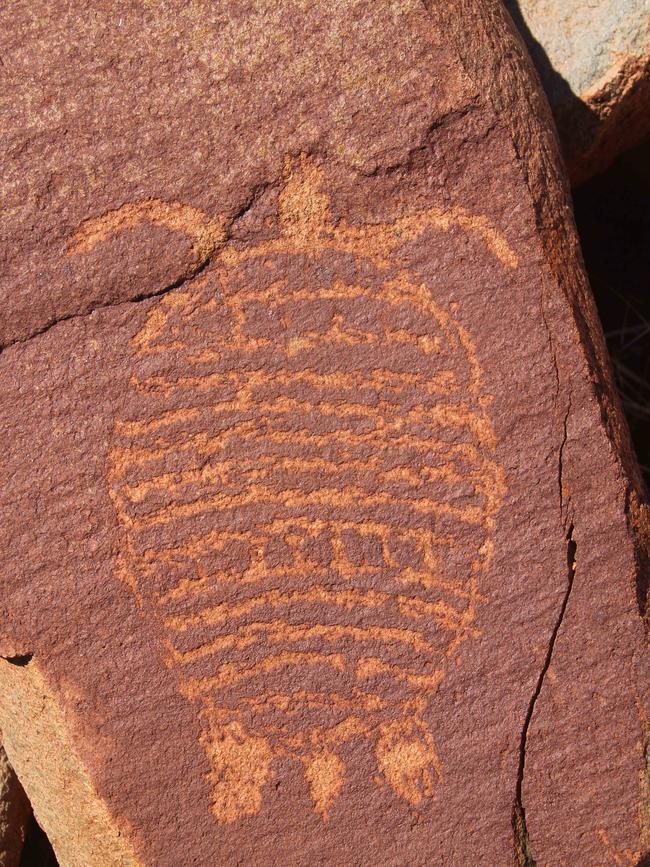
She also pushed back on the investigator’s findings about the risks from emissions, saying they did not reflect the most recent findings of researchers
The body of scientific evidence showing chemical damage from emissions was growing, she said.
“This important assessment has not concluded and the reporter has not yet heard the latest concerning evidence about impacts to the rock art caused by Woodside,” she said.
Friends of Australian Rock Art co-conveners Judith Hugo and Susan Swain said they feared that the investigator’s recommendations for changes to Perdaman’s plans may not have come in time.
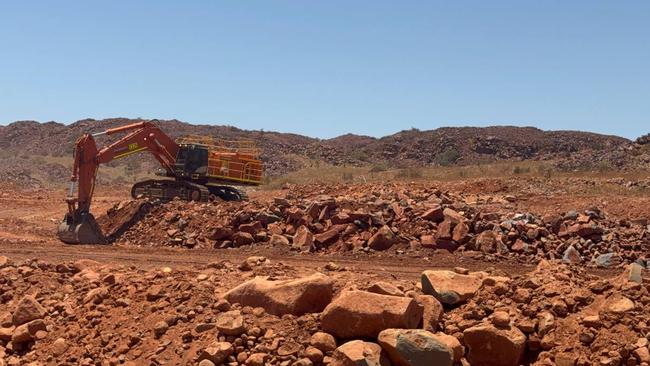
They said they were disappointed that Ms Stone had been “swayed by the ‘rock art destruction denialist’ line conveniently promoted by Woodside and the WA government”.
Perdaman chair Vikas Rambal declined to comment on the recommendations.


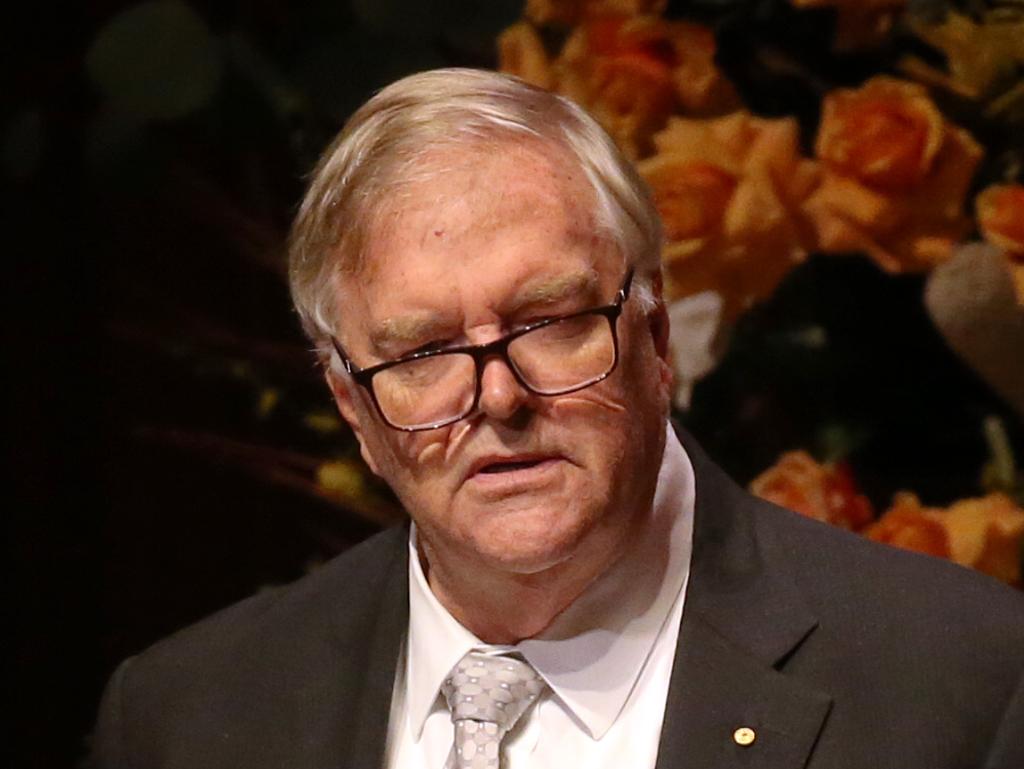
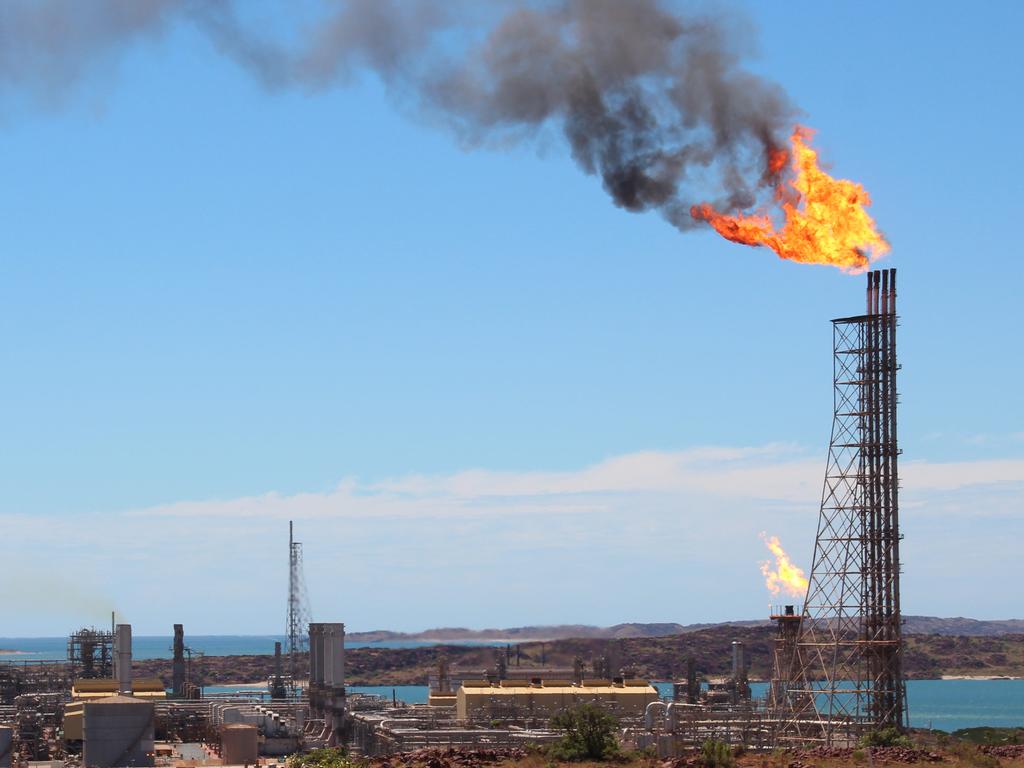

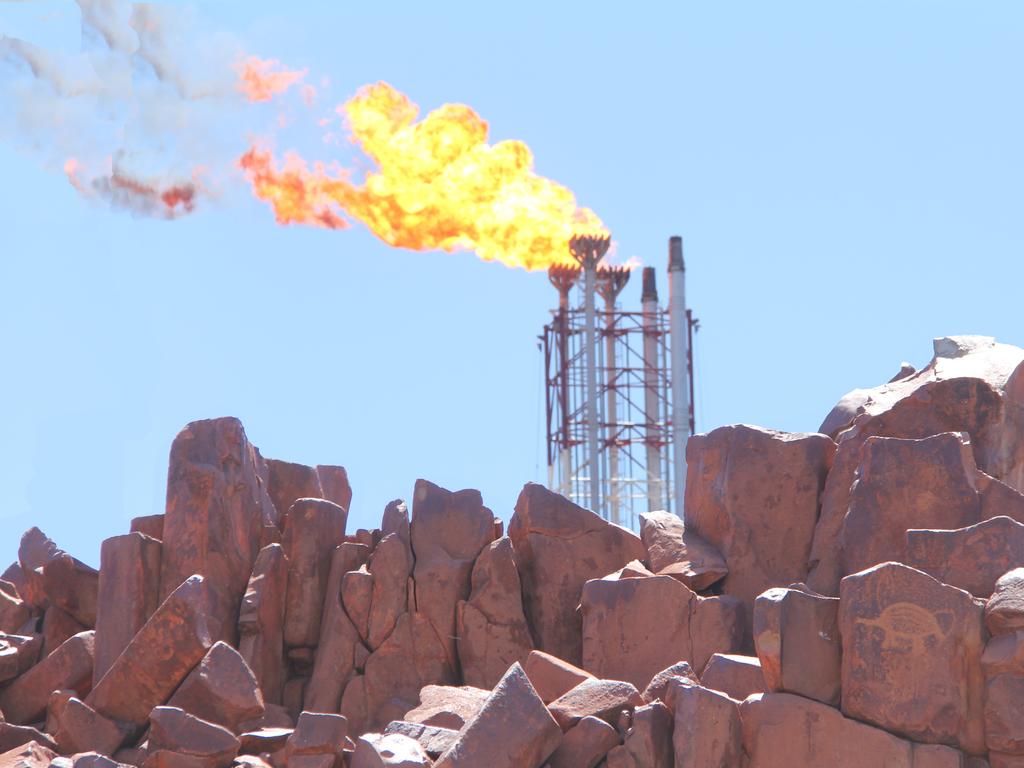
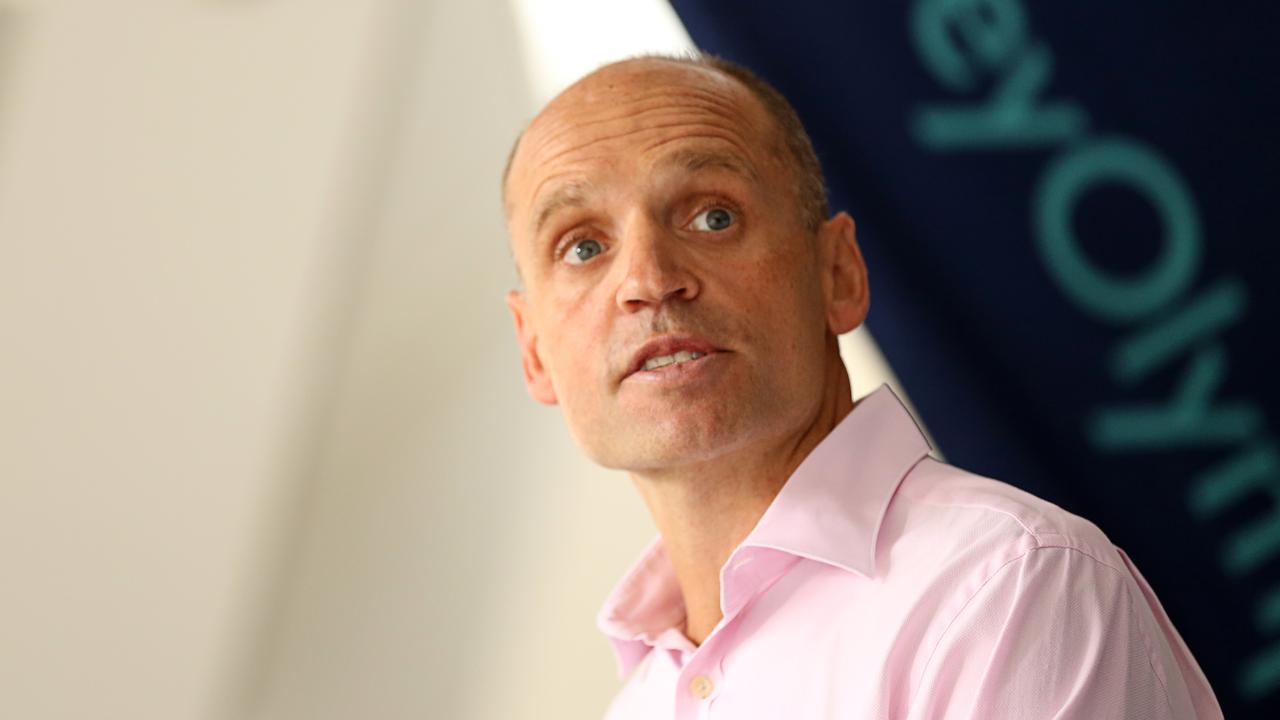
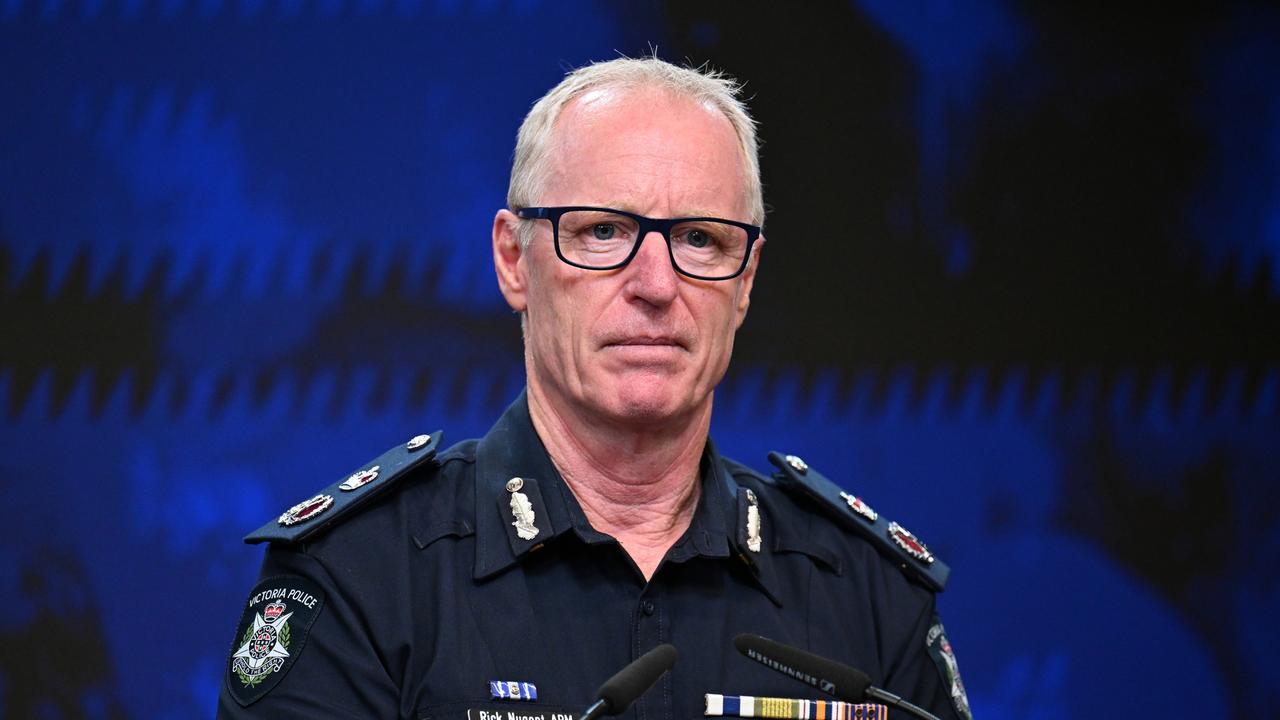
To join the conversation, please log in. Don't have an account? Register
Join the conversation, you are commenting as Logout